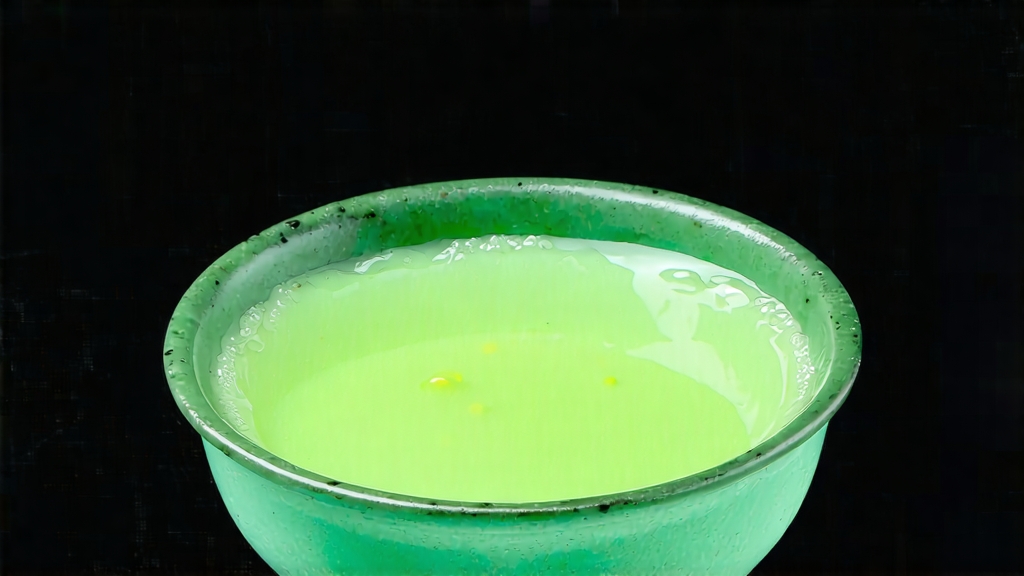
Few leaves in the world carry as much poetry, romance and technical precision as Tie Guan Yin, the “Iron Goddess of Mercy” that rises from the granite soils of southern Fujian. To the Chinese tea mind it is neither green nor black, but a living argument for the middle path: a 25-35 % oxidation that suspends the leaf between grassy freshness and cocoa depth, between spring orchids and autumn chestnuts. To international drinkers it is often the first oolong they ever meet, yet after decades of tasting many still confess that the goddess refuses to be fully known. This essay invites you into her many faces—historical, botanical, chemical and spiritual—so that your next cup becomes a dialogue rather than a monologue.
- From legend to landrace: a short history
Villagers in Anxi County still tell two competing origin tales. In the Ming-era version, a poor farmer named Wei Yin found a deserted iron statue of Guan Yin, the bodhisattva of compassion, in a collapsed shrine. He carried the rusty icon home, cleaned it daily and burned incense in gratitude. One night the goddess appeared in a dream, pointing to a cave behind his hut where a single tea shrub shimmered in moonlight. Wei transplanted it, cultivated the bushes and pressed the leaf into tight iron-coloured pellets that clinked like coins—hence “Iron” Guan Yin. A Qing-era variant replaces the farmer with a scholar-official named Wang Shi Lang, who presented the tea to the Qianlong Emperor in 1736; the delighted sovereign named it for its weighty roll and the deity’s benevolence.
Whichever story one prefers, genetic fingerprinting carried out at Fujian Agriculture and Forestry University shows that the modern cultivar descends from a single Anxi landrace locally called “Red Heart Tail” (hong xin wei). Cuttings were dispersed throughout the county during the 1960s “Green Wall” reforestation campaign, and later smuggled into Taiwan where they became the mother tree for today’s Muzha Tie Guan Yin. Thus every cup is a palimpsest: Ming devotion, Qing commerce, modern science and cross-strait migration.
- Cultivars and styles: five siblings under one goddess
Although “Tie Guan Yin” is legally protected as a geographical indication for Anxi County, the market recognises five stylistic siblings that differ by roasting level and harvest season:
a) Jade Tie Guan Yin (qing xiang): the international face, lightly oxidised (20 %) and unroasted, electric green pellets that open into miniature bouquets of lilac and cream.
b) Moderately baked (qing huo): 30 % oxidation followed by a 60 °C charcoal bake for 4 hours, marrying magnolia with warm toast.
c) Heavy baked (nong huo): 35 % oxidation and three successive 80 °C charcoal bakes, each 6 hours long, yielding cocoa, walnut and a whisper of pipe tobacco.
d) Old tree (lao cong): harvested from 60- to 120-year-old bushes on 800 m granite ridges, the leaf is thicker, giving a lanolin texture and a mineral finish that locals call “rock rhyme” (yan yun) in homage to Wuyi cliff teas.
e) Winter claw (dong pian): a frost-kissed pick made only when the bushes flush unexpectedly in late November; sugars concentrate, producing a nectar-like liquor with snow-pea sweetness.
- Craft: the sixteen-hour choreography
Great Tie Guan Yin is not picked—it is scheduled. Plucking begins at dawn when the leaf’s surface tension is still tight from night dew, and finishes before 10 a.m. to avoid the rising sap that would blunt fragrance. Two leaves and a bud are snapped, never cut, so that cell walls fracture cleanly for later oxidation.
The real drama starts in the wilting yard. Leaves are spread on bamboo sieves under 23 °C shade fans for two hours, losing 8 % moisture and the grassy bite of fresh catechins. Then comes the yao qing—“rocking green”—a ritual that looks like tai-chi performed on tea. Thirty kilograms of leaves are tumbled in a waist-high bamboo drum rotating at 18 rpm; every seven minutes the drum stops, the master smells, then fluffs the pile by hand to re-oxygenate the cells. This on-and-off dance is repeated five times, coaxing the leaf to bruise at the edges while the vein stays green, creating the signature “green leaf with red border”.
O